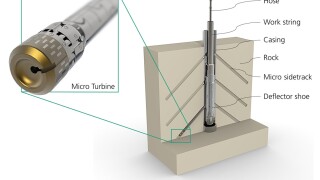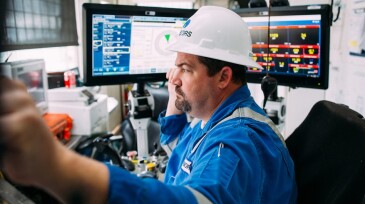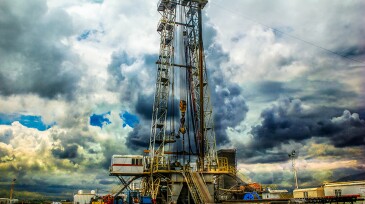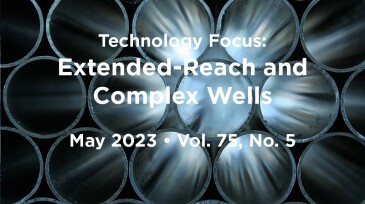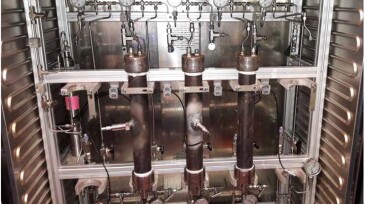Drilling
The Federal Reserve Bank of Dallas’ fourth-quarter energy survey shows that oil prices and geopolitical uncertainty are curbing enthusiasm heading into the new year.
A field test study examines micro turbine drilling in a clay formation that allows steel casing and formation to be drilled in a single operation.
The discovery in the Kutei Basin offshore Indonesia is being considered for fast-track development.
-
The duo’s new services will be initially deployed in Iraq.
-
The authors of this paper discuss deep closed-loop geothermal systems as an alternative to traditional enhanced geothermal systems for green energy production that is globally scalable and dispatchable.
-
The domain expertise and technologies in the oil and gas industry such as integrated project planning and operating, extended-reach drilling (ERD), high-pressure/high-temperature drilling tools, multilateral drilling and completions, geomechanics, flow and thermal dynamics modeling, and artificial intelligence have been fueling the ongoing march for new records on ERD…
-
The objective of this paper is to review selected completions to provide insights for adoption of multilateral technologies, including lessons learned, operational experience, and recommendations.
-
This paper compares the sealability performance of an expanding geopolymer with that of an expansive commercial cement in terms of the shear bond strength and the hydraulic bond strength at curing conditions of 25℃ and 34.5 bar.
-
This paper describes preplanning, execution, and results of drilling extended-reach wells with a large-bore design of 12¼-in. as the main stepout section and deploying 9⅝-in. casing at a shallow true vertical depth of 4,200 ft.
-
This paper presents a laboratory-based study that compares the three methods to measure static gel-strength development that are widely accepted in the industry.
-
The authors discuss a modified ultrasonic-cement-analyzer (UCA) vessel that allows assessment of slurry sealing performance under representative downhole conditions while running otherwise standard UCA equipment.
-
In 2022, the topics of the cementing and zonal isolation papers published were generally similar to those presented in previous years. A noticeable departure from previous years, however, was that many of the authors emphasized that their work would result in a reduction of greenhouse-gas emissions.
-
Nabors is connecting Corva’s platform to its universal rig controls and automation platform, allowing apps built and developed in Corva to monitor and control any rig equipped with the platform.


